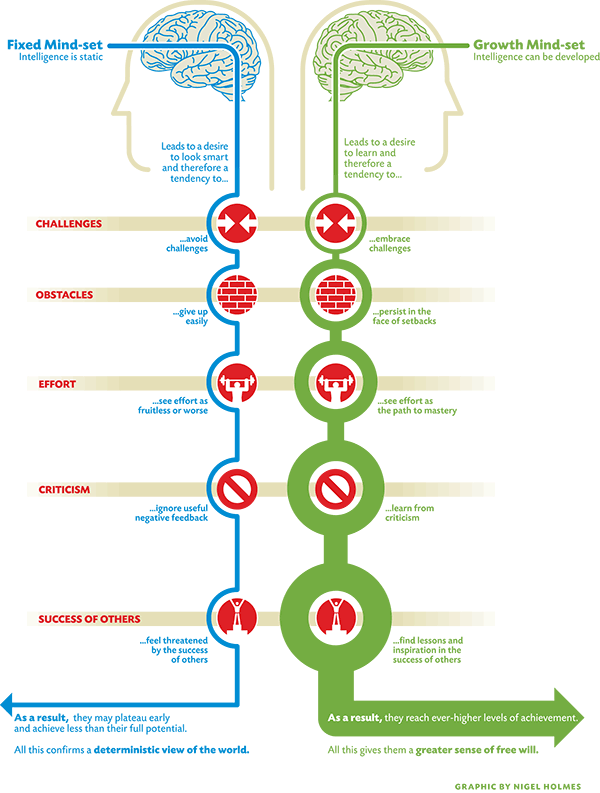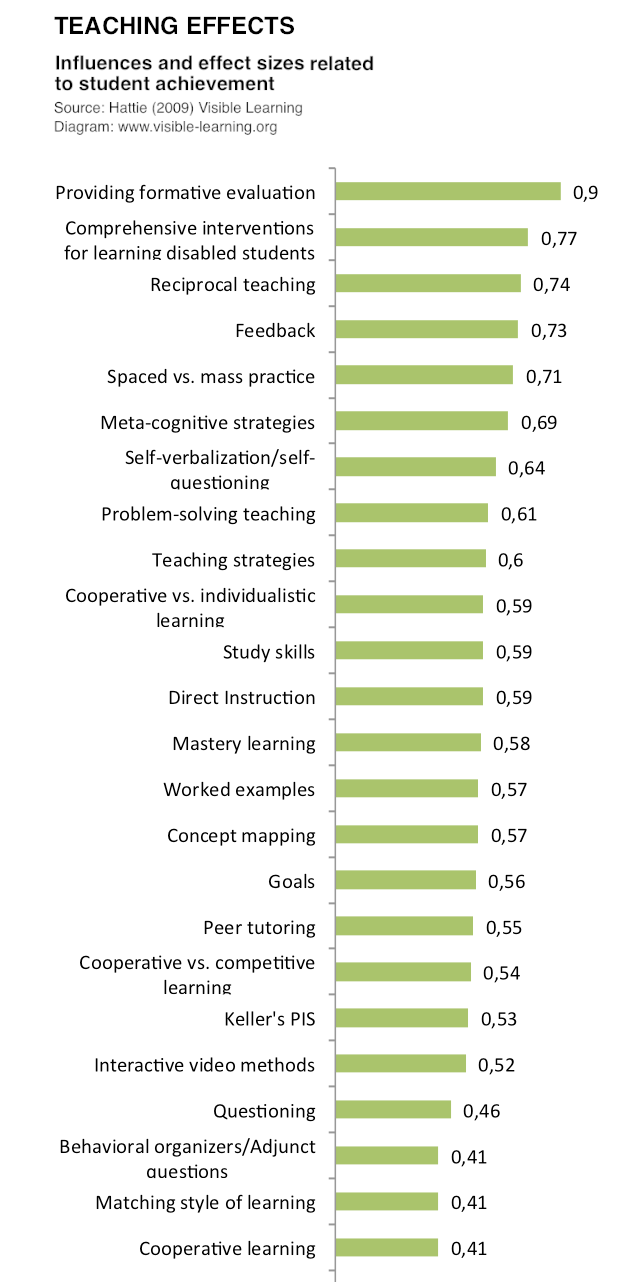The following are the links to articles, blog post, YouTube videos, TED Talks and books that were used or referenced in the PIDP course 3260 – Professional Practice:
3260 Slides, Handout PDFs, Articles PDFs
Mission Statements
The Five-Step Plan for Creating Personal Mission Statements
Covey Mission Statements
Passive Voice
7 Examples of Passive Voice (And How To Fix Them)
Examples of Active and Passive Voice
John Seely Brown On Education
Not Suited For School But Suited for Learning
You will find this video, learning philosophy and links to many of my presentations, and my favorite blog posts on my blog About page.
Dr. John Medina – molecular biologist
The section we used in class starts at the 4:00 minute mark but I encourage you to view the whole video.
In his book Brain Rules, molecular biologist Dr. John Medina shares how the brain sciences might influence the way we teach our children and the way we work.
John Hattie: Visible Learning Pt1. Disasters and below average methods.
John Hattie, Visible Learning. Pt 2: effective methods.
Boring Economics Teacher
The Head Won’t Go Where the Heart Hasn’t Been
Benjamin Bloom argued that we need to address all the domains and find a balance. We often over emphasize the cognitive domain, relegate the psychomotor to the trades or other overtly physical disciplines and limit the affective domain to ethical or values issues. This limitation will severely limit the change that is necessary for learning. The blog post The Head Won’t Go Where the Heart Hasn’t Been post includes a more detailed explanation of the importance of the affective domain and has links to the Behavioral Science (BS) Guys video How to Change People Who Don’t Want to Change and also a related TED Talk Why TED Talks don’t change people’s behaviors.
Fixed VS Growth Mindset
The Power of belief — mindset and success | Eduardo Briceno | TEDxManhattanBeach
You will find a very useful Fixed vs Growth Mindset graphic and a short comparison of how the Fixed Vs Growth Mindset is equivalent to the Print Vs Digital Information Age on the blog post Fixed Vs Growth Mindset = Print Vs Digital Information Age
Carol Dweck’s book Mindset: The New Psychology of Success is definitely worth the read.
Michael Sandel: The lost art of democratic debate
Harvard’s Justice with Michael Sandel
Dan Ariely: Why we think it’s OK to cheat and steal
Barry Schwartz: Our loss of wisdom
Sir Ken Robinson: Bring on the learning revolution!
Ben Zander – Leadership An Art of Possibility
https://youtu.be/FAOX2fl7SmA
Benjamin Zander: The transformative power of classical music
Benjamin Zander – Work (How to give an A)
Should you live for your résumé … or your eulogy?
Video Review for The 7 Habits of Highly Effective People by Stephen Covey
How to Develop Your Personal Mission Statement by Stephen R. Covey
The Lighthouse Principles Stephen Covey
Sugata Mitra TED 2013 winning talk
Simon Sinek: How great leaders inspire action
Taylor Mali – Speak with Conviction


































